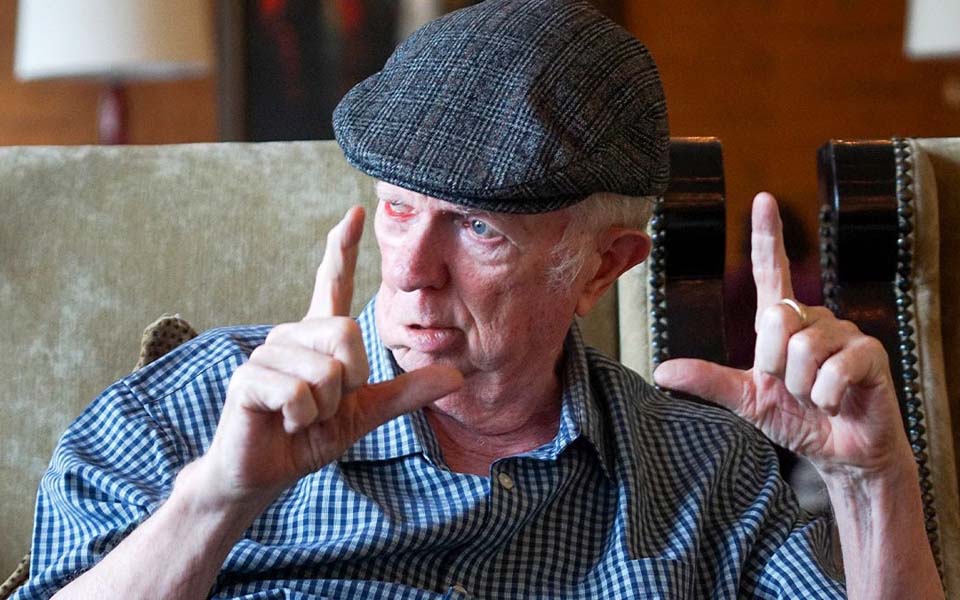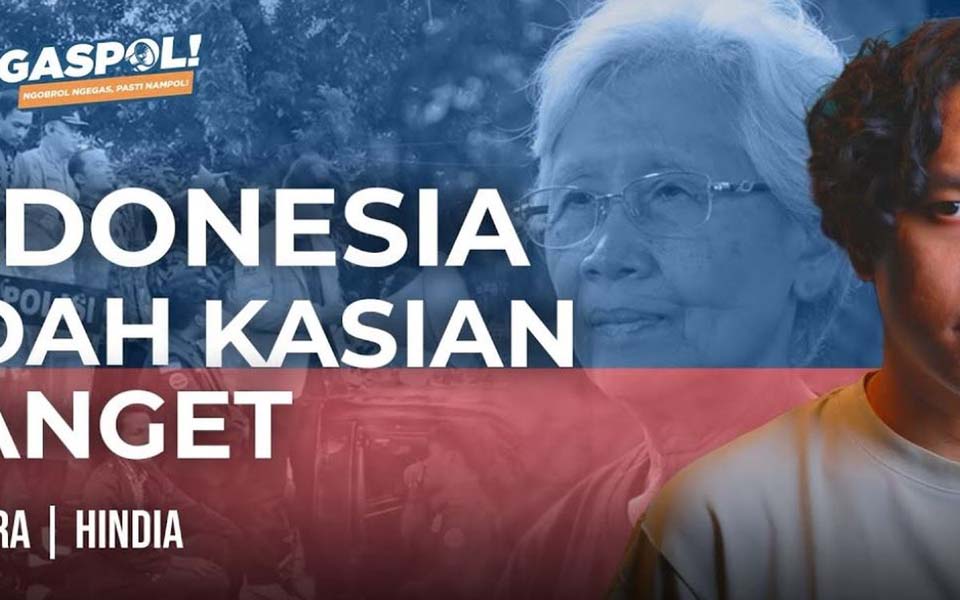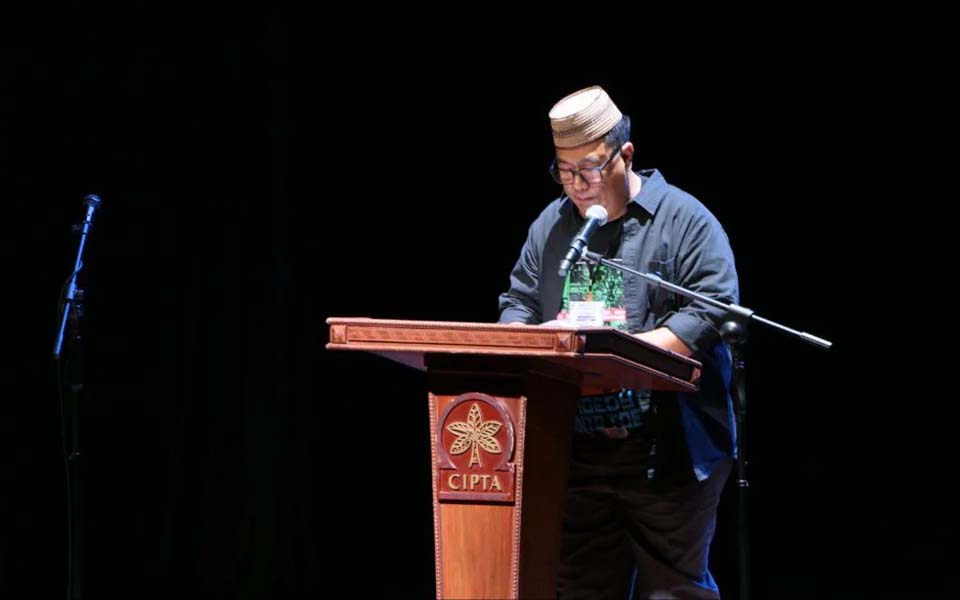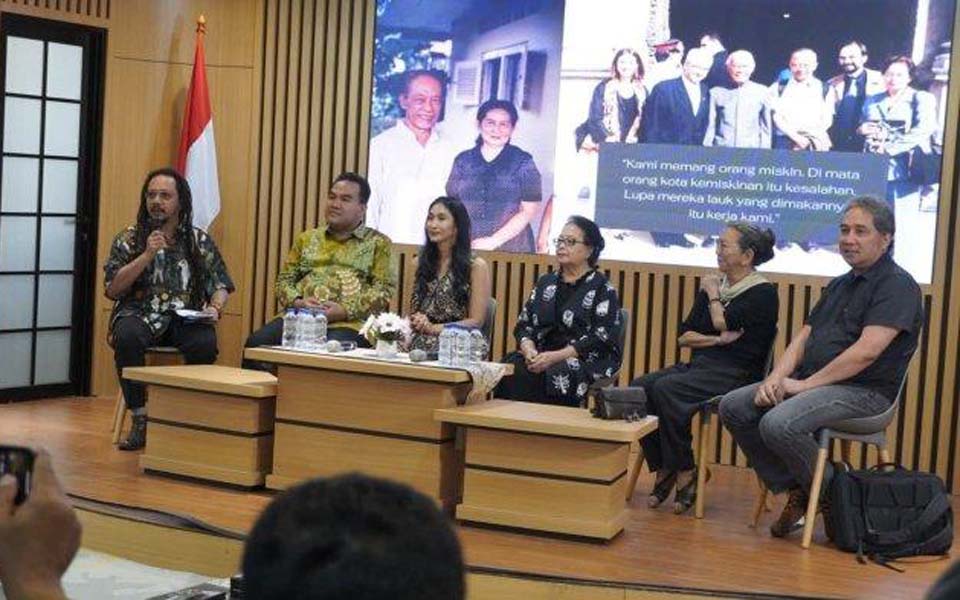Iwan Kurniawan – Maxwell Ronald Lane is still very active and gutsy at the age of 74. A researcher at the ISEAS-Yusof Ishak Institute in Singapore, he is known as the translator of the works of Indonesia's foremost author Pramoedya Ananta Toer and other books he has written about Indonesia.
But the doctor of philosophy, politics and history from the University of Wollongong in Australia feels that there is still much that he had not done. "I felt guilty for a long time not writing about Pramoedya's own texts", said the husband of Yogyakarta theatre director Faiza Mardzoeki at the Indonesia Kempinski Hotel in Jakarta on Sunday, February 9.
For two hours Max Lane – as he was usually called – spoke with Tempo reporter Iwan Kurniawan about his experiences with Pram – Pramoedya's nickname – and the translation of his works.
Usually diplomats are far removed from politics, how do you even meet Pramoedya?
I worked at the Australian Embassy in Jakarta in 1980-81. But since 1969 I had been going back and forth between Indonesia and Australia and when I was 18 years old I became a student majoring in Indonesian studies at the University of Sydney studying Indonesian language, history and culture.
Because of that, I had many friends. Who knows why but my friends in Indonesia were a certain type of people. I was very close to W.S. Rendra and I even taught political science at the Bengkel Theatre. Mas Willy – as Rendra was known – also introduced me to students who were involved in the January 15 (the 1974 Malari Affair) demonstrations in Jakarta, such as Hariman Siregar, Daniel Dhakidae and Aini Chalid.
This had no impact on you?
I was also involved with the Malari Affair. In the indictment against Chalid, the prosecutor said Chalid sent a letter to "an Australian Marxist follower who bad-mouths Indonesia".
Yep Thiam Hien was my lawyer and I threatened the prosecutor that if he did not withdraw his words in Chalid's court case I would sue him for slander.
Do you see the original manuscript of This Earth of Mankind?
The manuscript of This Earth of Mankind typed by Pram on Buru Island was shown to me. There was no margins because paper on Buru Island was very scarce. What was even crazier, was there were no scribbled notes.
Certainly, Pram's editor Joesoef Isak made some improvements, but from Pram it was complete, it was finished. I could never image a person sitting in prison at a table with a dirty typewriter typing hundreds of pages without corrections and without margins.
Why did you decide to translate it?
I finished the reading it in one night I was so absorbed. I thought it was very important that people outside Indonesia could read this, because by reading it I was able to know the real Indonesia. At that time the outside image of Indonesia was Suharto, the New Order, corruption, colonialism in Timor Leste. For me, that was not Indonesia. That was only one aspect that does not represent Indonesia. For me, the minimum that represented the Indonesia that I know was, yes, This Earth of Mankind.
What is This Earth of Mankind really about?
He described a society when Indonesia did not exist yet. The word Indonesia is not in the Buru Tetralogy. Minke (the main protagonist in the book) is an embryo of humanity who later becomes a human being in Indonesia. Indonesians at the beginning of the century were a completely new creature.
He could depict the development of these new creatures. Minke is not Javanese anymore, but also not an Indonesian. Minke is not busy with identity issues, as people are arguing now. Not once does Minke think, if I'm not Javanese, what kind of person am I? Because who cares about your identity. What's interesting is what you do.
What was difficult about the translation?
What perhaps was difficult for me was to reveal was the tone, the spirit, or philosophy of the people. A concept of humanity based on a wave of enlightenment, a concept of resistance that is very populist.
In This Earth of Mankind it's not only Minke and Nyai Ontosoroh who fight, but also Darsam and his friends. Their resistance is inspired by enlightenment, humanity, science, as well as an integrated people's resistance. I agree with Pram that Indonesia as we know today only exists because of the resistance that is oriented towards humanity. Without it, Indonesia would not exist.
Notes
This Earth of Mankind is the first book in Pramoedya Ananta Toer's epic Buru Quartet, first published by Hasta Mitra in 1980 and translated into English by Max Lane. The story is set towards the end of Dutch colonial rule and was written while Pramoedya was imprisoned by the Suharto dictatorship on the prison island of Buru in eastern Indonesia. The central character and narrator is a Javanese youth called Minke who is descended from Javanese royalty. Minke's process of nationalist awakening begins when he meets, Nyai Ontosoroh a concubine of a Dutch man, and falls in love with her daughter Annelies.
[Translated by James Balowski. The original title of the article was "Max Lane: Minke Itu Embrio Manusia Indonesia".]
Source: https://www.tempo.co/arsip/wawancara-max-lane-tentang-pramoedya-1207646















